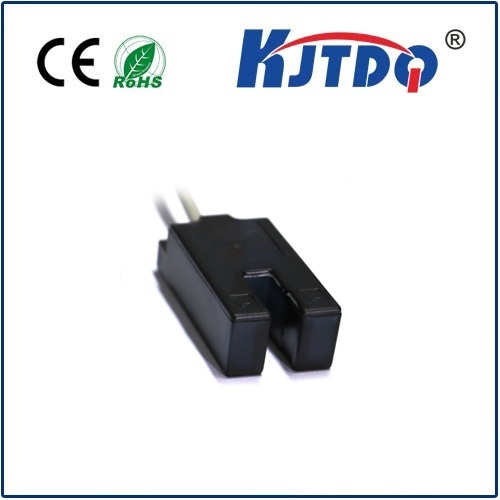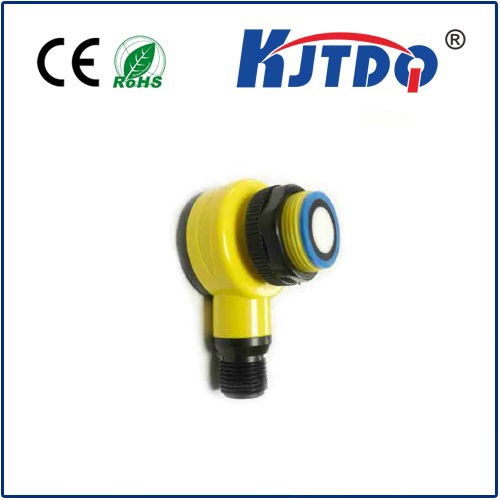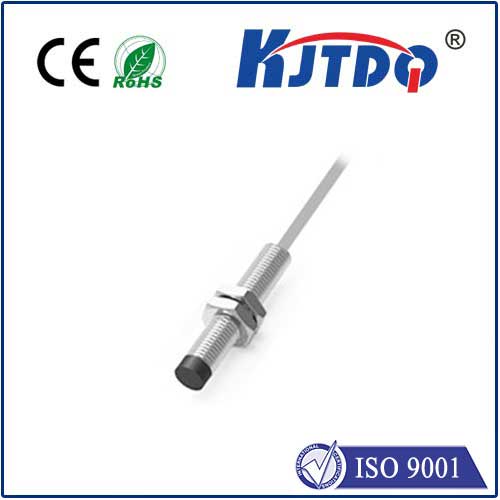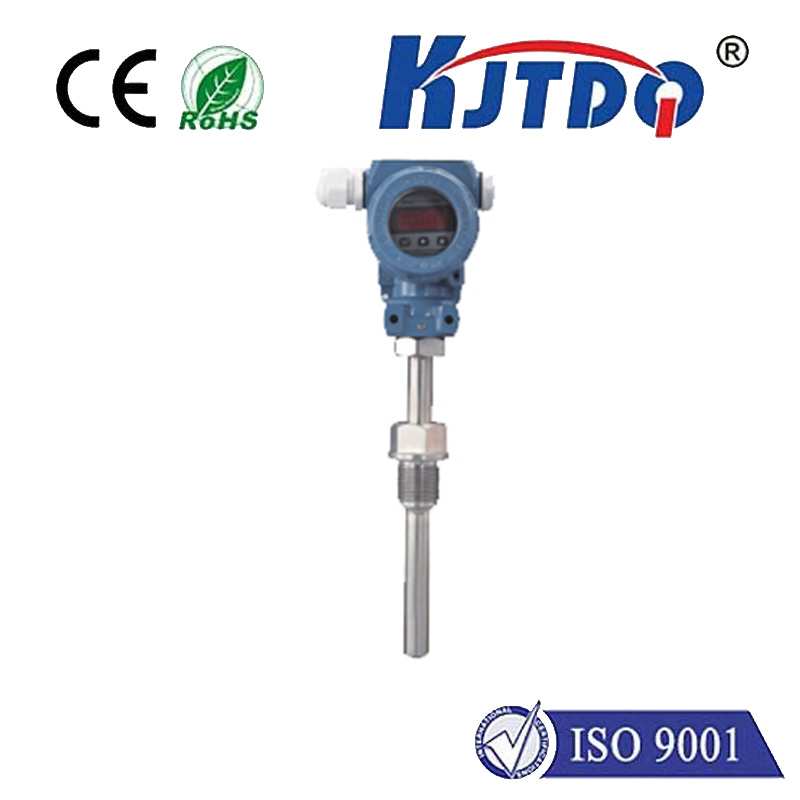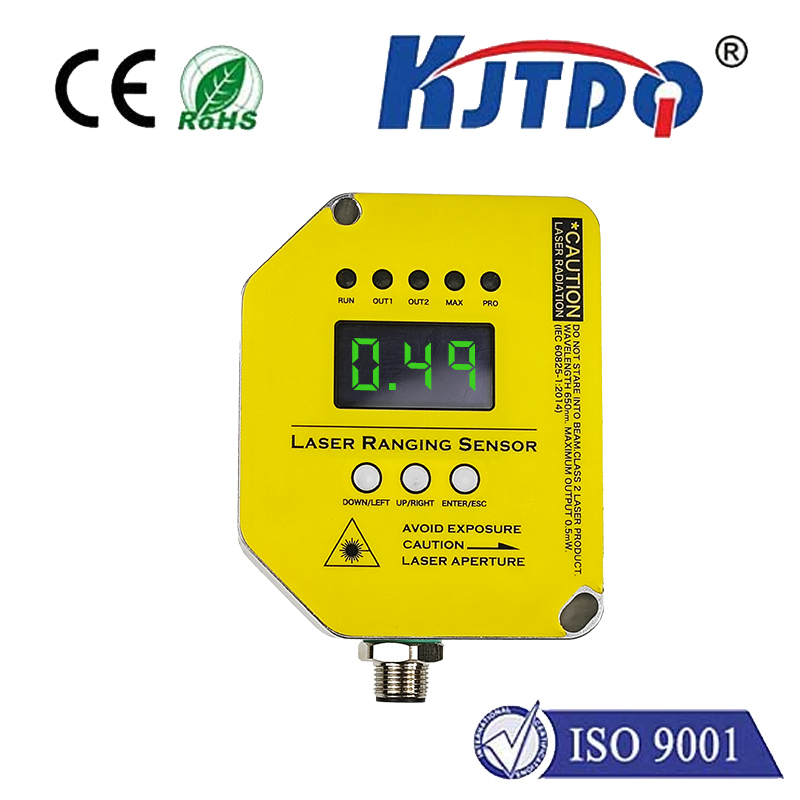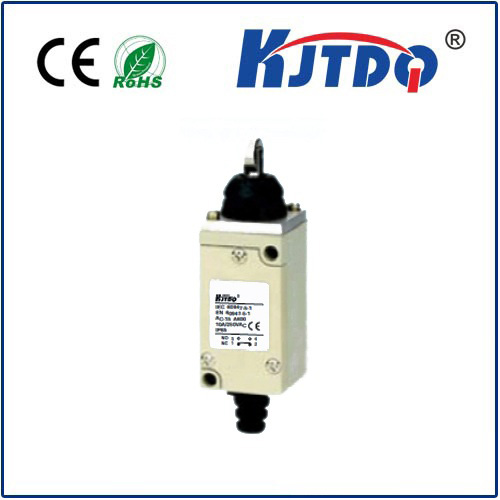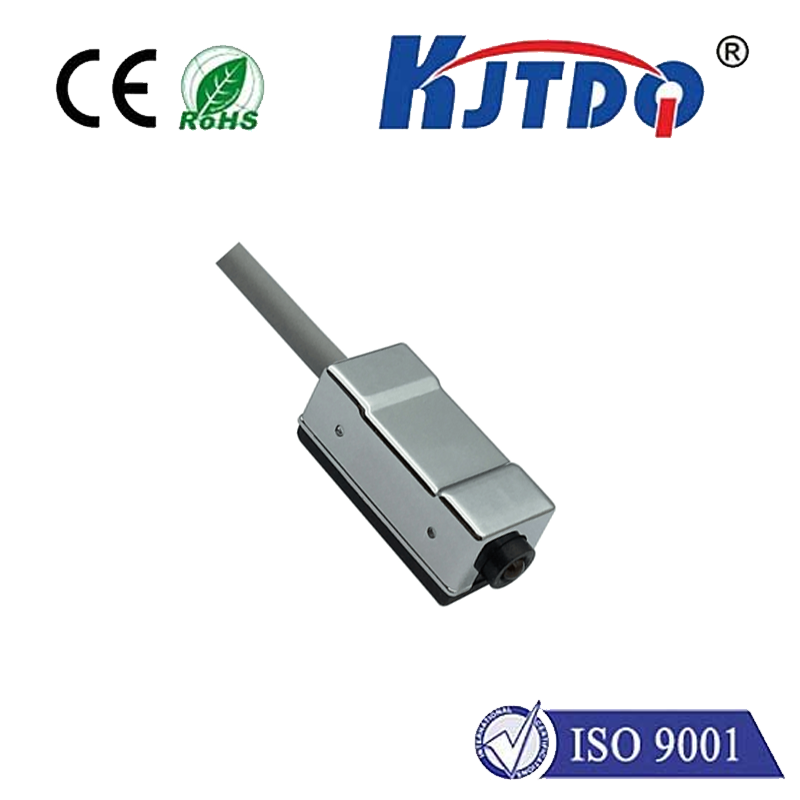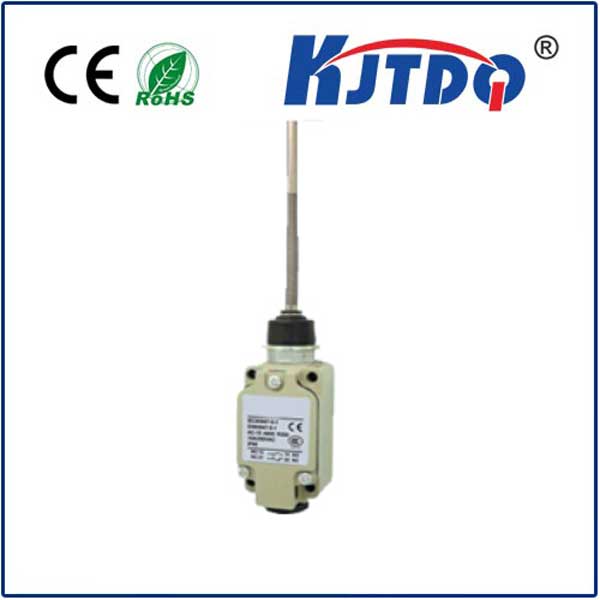retro reflective photo sensor
- time:2025-07-24 04:25:30
- Click:0
Retro Reflective Photo Sensors: The Precision Light Triangulation Powerhouse
Imagine needing to detect an object reliably, whether it’s a crisp white box on a sunny warehouse floor, a gleaming metal component on a high-speed assembly line, or a matte black product under dim lighting. Traditional sensors might falter, but retro-reflective photo sensors consistently rise to the challenge, offering robust and precise detection across demanding industrial and commercial applications. Understanding their unique principle and advantages is key to unlocking efficient and reliable automation.
At its core, a retro-reflective photo sensor operates on a fascinating principle of light manipulation. Unlike diffuse sensors that emit light and detect the reflection directly from the target object, or through-beam sensors that require a separate emitter and receiver unit facing each other, the retro-reflective sensor combines the emitter and receiver into a single unit. Its secret weapon? A strategically placed retro-reflector positioned opposite the sensor head.
Here’s the elegant interplay:

- Emission: The sensor emits a beam of light (usually infrared or visible red LED) towards the retro-reflector.
- Reflection: The retro-reflector, designed with specialized materials like glass beads or prismatic tape, efficiently returns the light beam directly back along its original path to the sensor unit. This creates the “light-on” state.
- Detection: The sensor’s integrated receiver continuously monitors this returned light signal.
- Interruption: When an object passes between the sensor and the retro-reflector, it blocks the light beam. The receiver detects this significant drop in returned light, triggering the “dark-on” state and signaling the presence of the object.
This fundamental principle translates into several distinct advantages that make retro-reflective sensors exceptionally valuable:
- Longer Sensing Distances: By leveraging the highly efficient reflection from the retro-reflector, these sensors achieve significantly longer operational ranges compared to diffuse sensors of similar power. Distances of several meters are readily achievable, ideal for large-scale applications.
- Reliable Object Detection Regardless of Surface: The detection logic relies not on the reflectivity of the target object itself, but on the interruption of the beam reflected by the retro-reflector. This means color variations, surface finishes (shiny, matte, textured), and material composition of the passing object have minimal impact on performance. A black rubber tire is detected as reliably as a polished chrome part.
- Simplified Installation & Alignment: Requiring only one electrical connection point compared to two for a through-beam system significantly reduces wiring complexity and cost. Alignment, while essential, is generally less critical than with through-beam sensors because the retro-reflector provides a broad target for the beam to hit and bounce back effectively. Careful initial setup is still required but maintenance is often easier.
- Cost-Effectiveness: Offering performance approaching that of through-beam sensors (especially in range and reliability against challenging surfaces) but with a simpler setup and lower component count, they present a compelling balance of capability and cost.
These strengths make retro-reflective sensors ubiquitous in numerous sectors:
- Industrial Automation: Counting products on conveyors, verifying pallet presence, detecting boxes entering packaging lines, monitoring machine guarding perimeters (safety light curtains often use retro-reflective principles for longer ranges), and verifying part positioning.
- Material Handling & Logistics: Detecting vehicles or loads at dock doors, confirming package passage through chutes, gate monitoring, and presence sensing on automated guided vehicles (AGVs).
- Access Control & Security: Monitoring door/window positions (open/closed), triggering traffic barriers, and detecting personnel entry into restricted zones.
- Transportation: Vehicle counting, axle detection on toll roads, and triggering automated car wash systems.
Key Considerations for Optimal Implementation:
Maximizing the performance of retro-reflective sensors involves attention to detail:
- Retro-Reflector Selection: Choose the right reflector size and type (prismatic or glass bead) for the required sensing distance and environmental conditions. Mount it securely.
- Alignment: Precisely align the sensor head with the center of the retro-reflector. Use alignment tools if necessary. Even though alignment is more forgiving than through-beam, poor alignment drastically reduces effective range and reliability.
- Environmental Factors: While robust, extreme ambient light (direct sunlight flooding the reflector) or heavy dust/fog blocking the beam path can interfere. Select sensors with sufficient power output, modulation capability (to filter ambient light), and appropriate environmental protection (IP ratings).
- Background Suppression: Some advanced retro-reflective sensors offer background suppression features. These use triangulation within the sensor head to only detect objects within a specific range zone in front of the reflector, ignoring objects or surfaces behind the designated detection point.
- Polarized Filters: Adding a polarizing filter over both the emitter/receiver and the retro-reflector can be crucial in environments with highly reflective surfaces (like metal or glass). The filter ensures the sensor only detects light that has made the round trip to the reflector and back, rejecting false triggers from stray reflections off shiny objects nearby. Polarized retro-reflective sensors are the standard solution for detecting specular targets.
By understanding the elegant light triangulation achieved through the sensor-retro-reflector partnership, engineers and system integrators can harness the robust reliability, extended range, and surface-independent detection of retro-reflective photo sensors. They are a fundamental workhorse technology, providing the consistent and accurate object presence detection that modern automated systems depend on across countless industries. Their unique blend of performance, simplicity, and cost ensures they remain a cornerstone of photoelectric sensing solutions.












